Thirty-one years later, an official police force was established by city ordinance. This small force included a Chief of Police (who replaced the City Marshall), an Assistant Chief, a Sergeant, and three mounted officers. On September 26, 1895, John McCormick became the first police officer to die in the line of duty.
After another one hundred years had passed, a group of modern day officers came together to formulate a plan to recognize those who had died on the job and to create a museum that would teach the public about the science of policing. While the official opening occurred in 1998, the actual collection of items that would go into the museum began forty years earlier. Some of those items dated back to the 19th century.
Tampa artist, J.J. Watts, created the Memorial to Fallen Officers. It consists of a cut-out silhouette of a uniformed officer, symbolizing his/her being missing from the department, family and friends. This Memorial stands in the old Line-up room , which also served as the Detective Division’s roll-call room, on the ground floor of the Head Quarters building.
We have visited a number of museums dedicated to law enforcement in our travels. Tampa’s is a well done, professional looking depository.
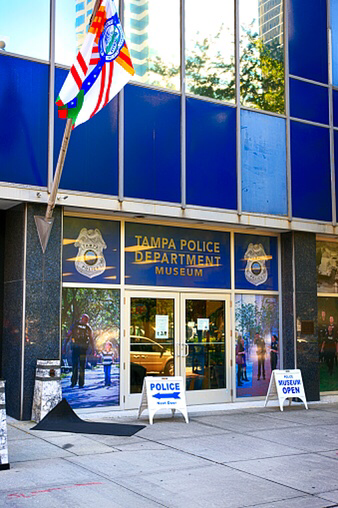
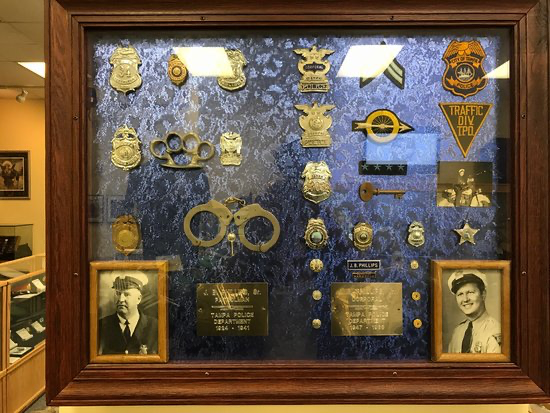
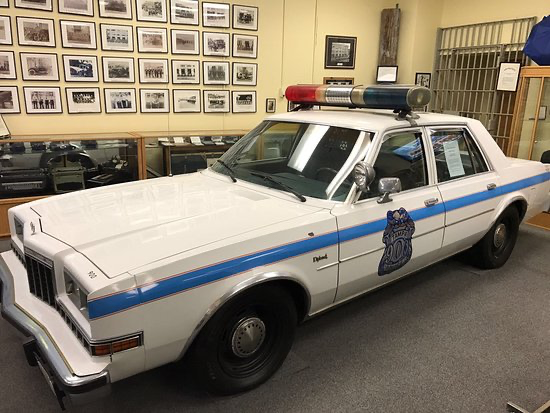
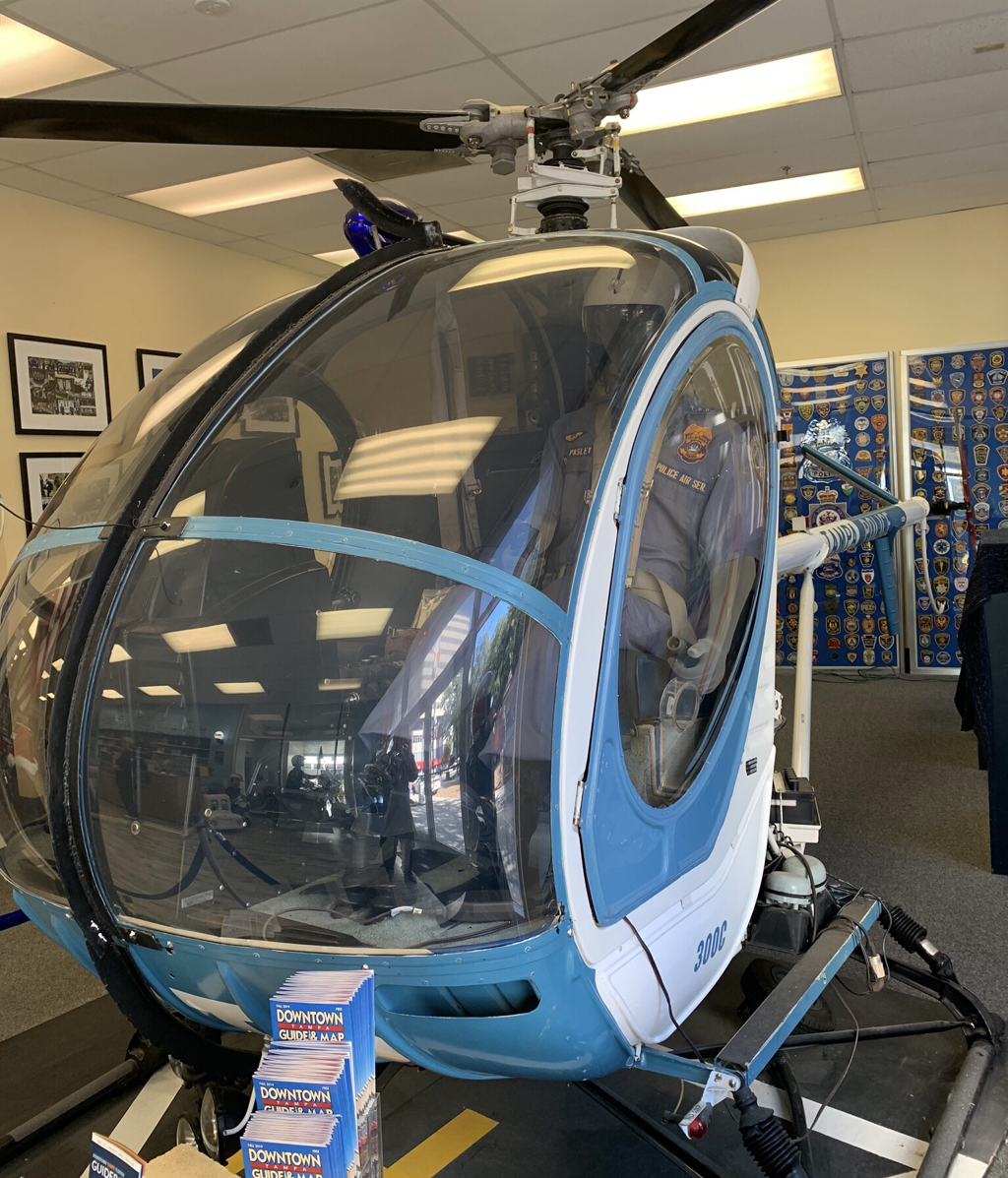
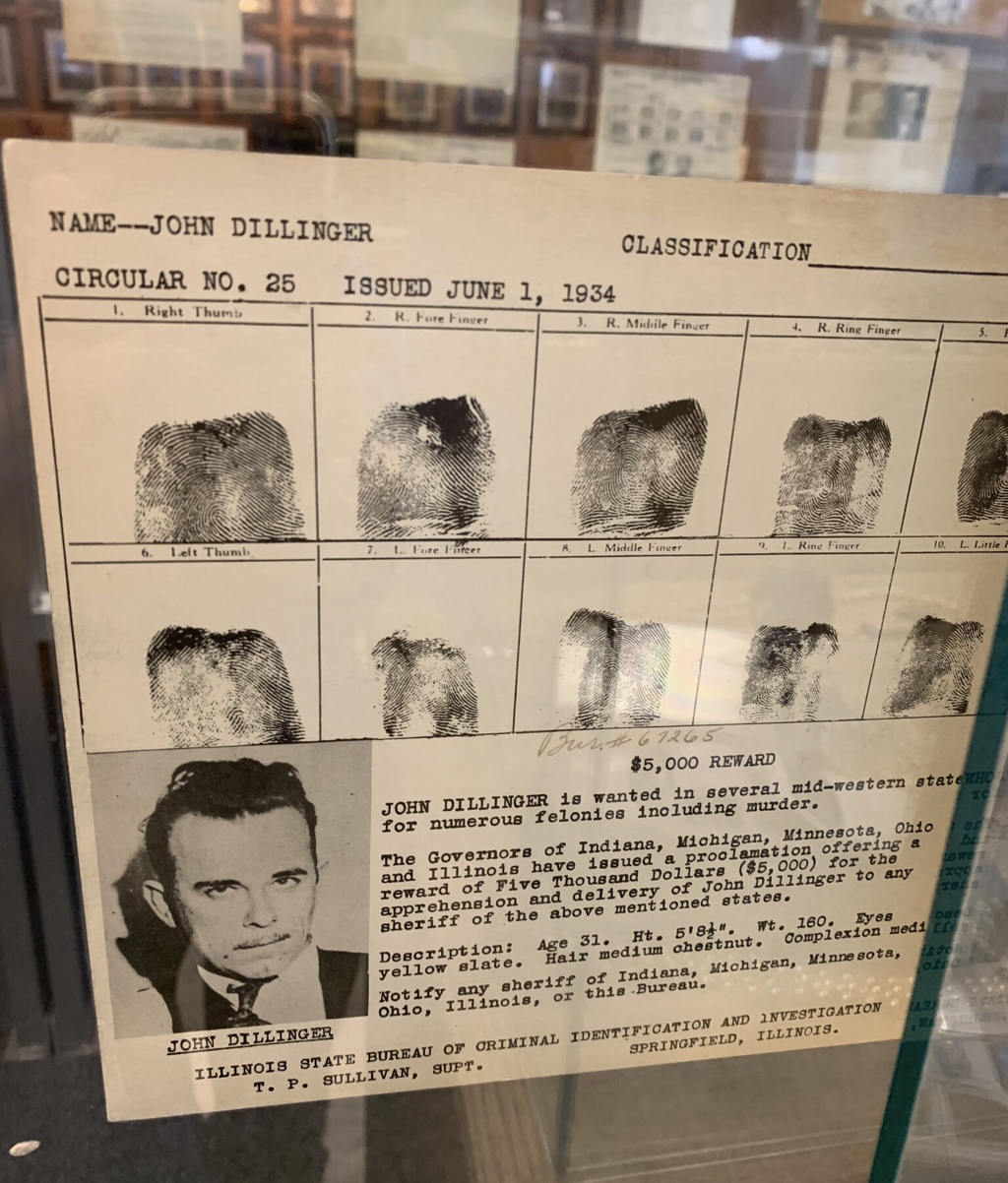

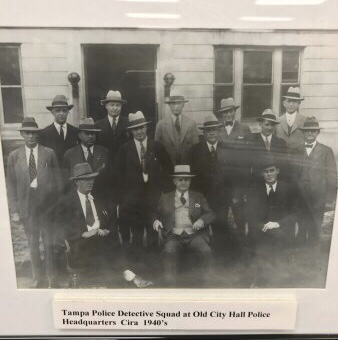

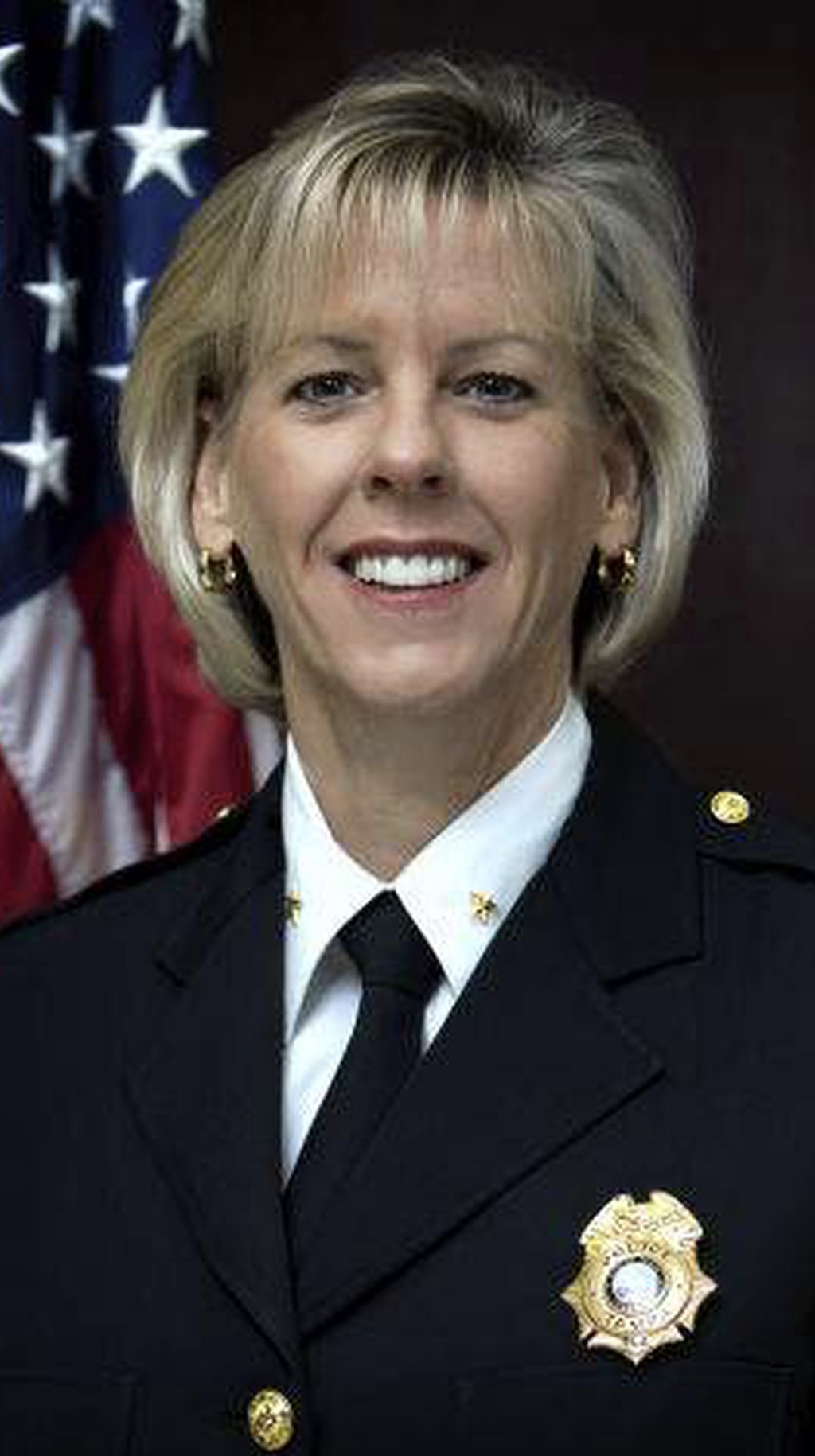
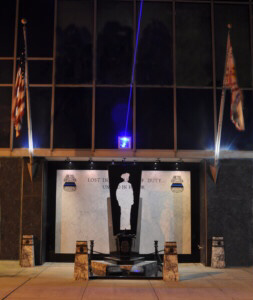
 RSS Feed
RSS Feed
